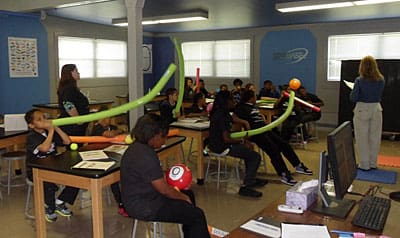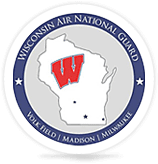Welcome Parents/Guardians!
We are excited your students will be participating in STARBASE Wisconsin, a premiere “hands-on, minds-on” STEM (science, technology, engineering and math) program. The entire fifth grade class will be with us one day a week for five weeks. During those five days, they will use math, science and technology in a variety of hands-on experiments designed to stimulate their interest in science and engineering.
What is STARBASE?
STARBASE Wisconsin is an interactive academic program that helps youth increase their knowledge in STEM. Fifth grade students are taken on a five-week odyssey into the exciting world of the sciences though hands-on activities and experiments, technology projects, and interaction with professionals in STEM fields. The US Department of Defense has funded STARBASE programs around the country for over 20 years. As the largest employer of civilian and military scientists and engineers, the DoD recognizes the importance of inspiring students to pursue STEM fields. STARBASE Wisconsin is located on 51st and Silver Spring Drive, and we are proudly sponsored by the Wisconsin Air National Guard.
What students do
- Experiment with indoor and outdoor rockets to learn Newton’s laws of motion.
- Create and test electric devices to solve real life problems.
- Explore solid modeling software.Design and create solid objects using the 3-D printer.
- Conduct investigations of rovers to identify the function and practical use of different sensors.
- Use temperature probes and computer technology to test how heat is conducted through various materials.
- Build molecular models and investigate properties of fluids.
What students learn
- Math: units of measurement, estimating, plotting, coordinate graphing, interpreting graphs and predicting.
- Science: Newton’s Laws of Motion, properties of air, speed, energy transfer and pressure.
- Engineering: Apply science and math content to engineering challenges, develop criteria, test and evaluate designs. Students will learn the entire engineering design process.
- Science and Inquiry: ask a question, make a hypothesis, do an experiment, make an observation, collect data, analyze your data, change a variable, and make a conclusion, solve problems, and work in teams.
- How to communicate what they learn: how to take their learning to the next level.




